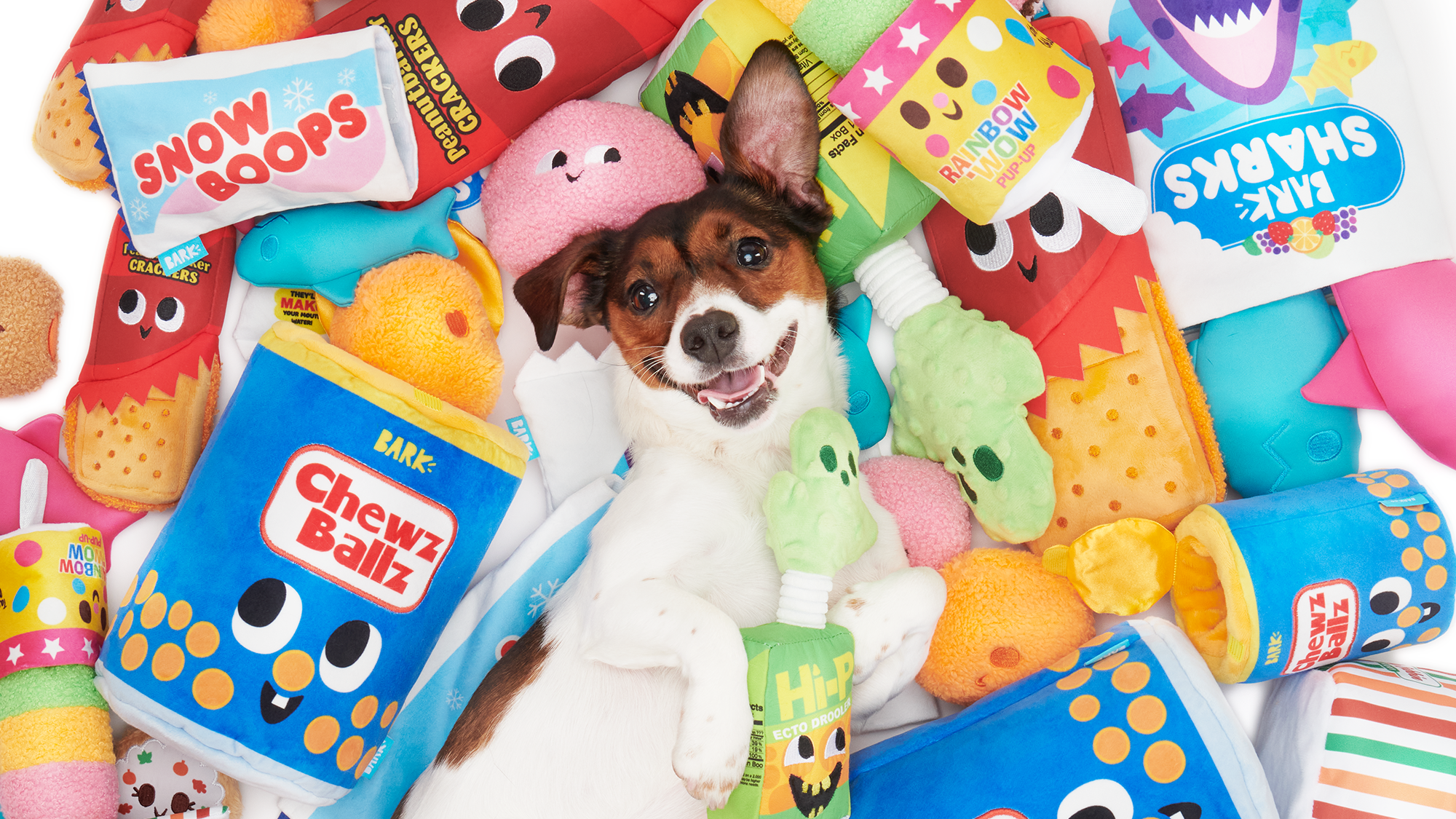9 of the oldest cat breeds still in existence
From the spotted Egyptian Mau to the elegant Turkish Angora, these are the oldest cat breeds that still exist today

It's believed that the process of domesticating cats first began around 10,000 years ago, with the oldest cat breeds still in existence being descendants of this original group.
At first, this domestication had nothing to do with companionship and everything to do with keeping the developing rodent population under control. But, as time went on, this transactional relationship began to morph into a friendship and we humans started to welcome cats into our homes and lives.
These days, we invest in the best cat toys to keep our feline friends occupied and spend time researching food options so we can feed them a high-quality diet. In return, we're rewarded with attention, affection and that sought-after slow blink!
But how long your kitty has been around for will depend a lot on their breed. From ancient Egypt to Thailand, the oldest cat breeds have histories dating as far back as 4000 years ago. Who are they, we hear you ask? Let's meet them now...
Oldest cat breeds
1. Egyptian Mau
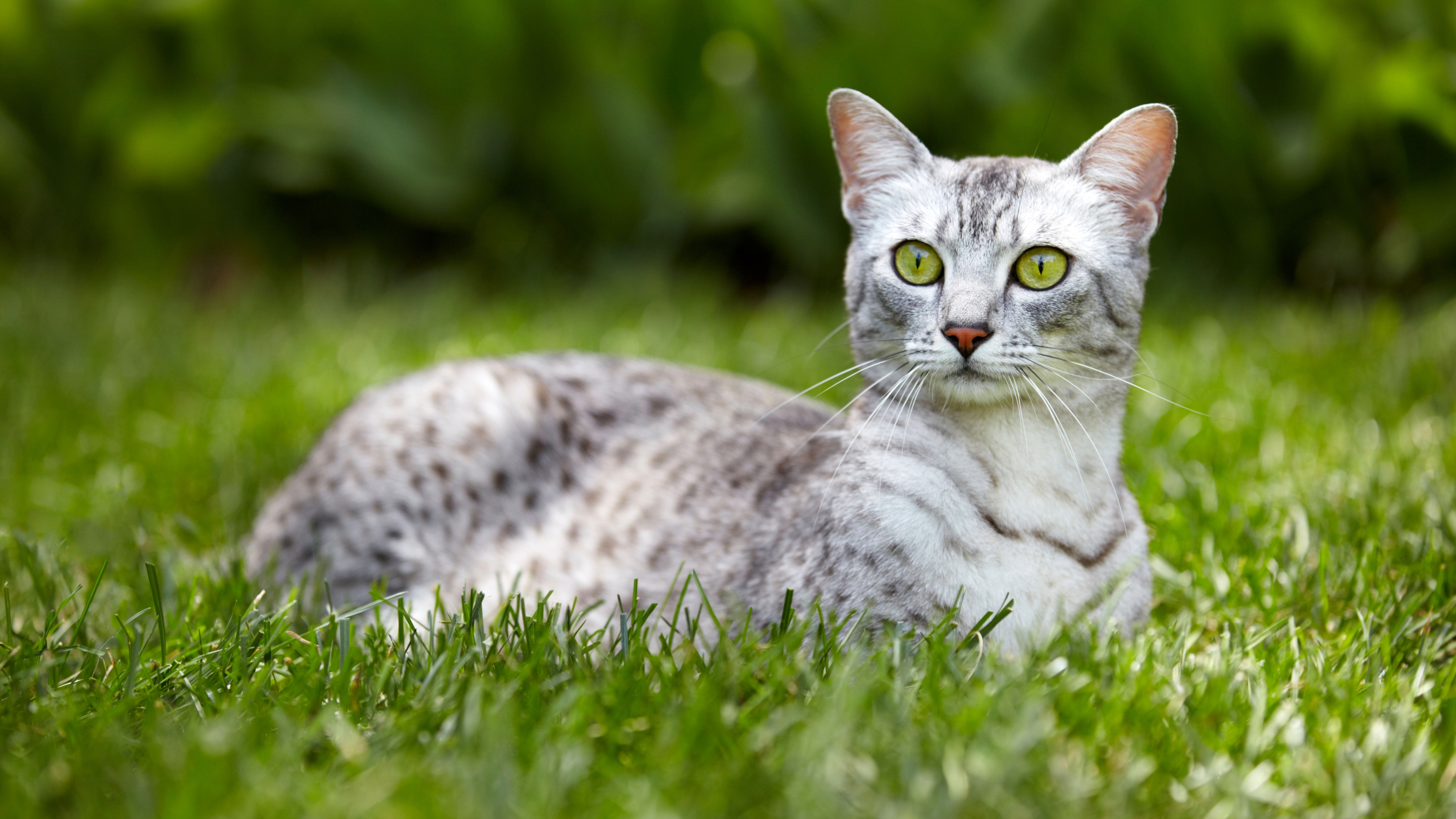
The Egyptian Mau is a relatively rare cat breed who is thought to have been in existence for 4000 years. Archeologists have discovered cats in the tombs of ancient Egyptians that look a lot like the Egyptian Mau of today, so based on that, it's highly likely that this kitty is the oldest domesticated cat breed in the world.
Medium-sized cats with short, spotted coats and green eyes, they are a big part of Egyptian culture and mythology and can be seen depicted on pottery and other forms of ancient art. Officially recognized as a breed in the US in 1968, the Egyptian Mau is agile, athletic and capable of running at speeds of 30 miles per hour.
Egyptian Maus form very strong bonds with their human family and tend to have one person that they consider their favorite, but they can be aloof with strangers. They have soft, melodious voices and tend to be even-tempered, loyal and devoted. However, they are very energetic and need lots of opportunities to climb, jump and play.
Get the best advice, tips and top tech for your beloved Pets
2. Abyssinian

It's a close race between the Egyptian Mau and the Abyssinian for the title of the oldest cat breed still in existence, as just like the former, the latter has also existed for around 4000 years. There's some disagreement over exactly where the Abyssinian comes from, with some saying they originated in Egypt and others believing their lineage began in Ethiopia.
However, what we do know is that the modern day Abyssinian descends from a cat named Zulu, who a British solider brought home with him in 1868 after fighting in the Abyssinian War. The first Abyssinian reached the US in the early 1900s and they were officially recognized as a breed in 1906.
When it comes to facts about Abyssinian cats, the fact that they can jump over six feet is one worth noting! They love perching on shoulders, bookcases and other tall places, so having lots of feline-friendly shelving in your home will make you popular with this breed. Athletic and attention-seeking, they prefer being active over sleeping on your lap, and while loyal and affectionate, they are very undemanding.
3. Norwegian Forest Cat
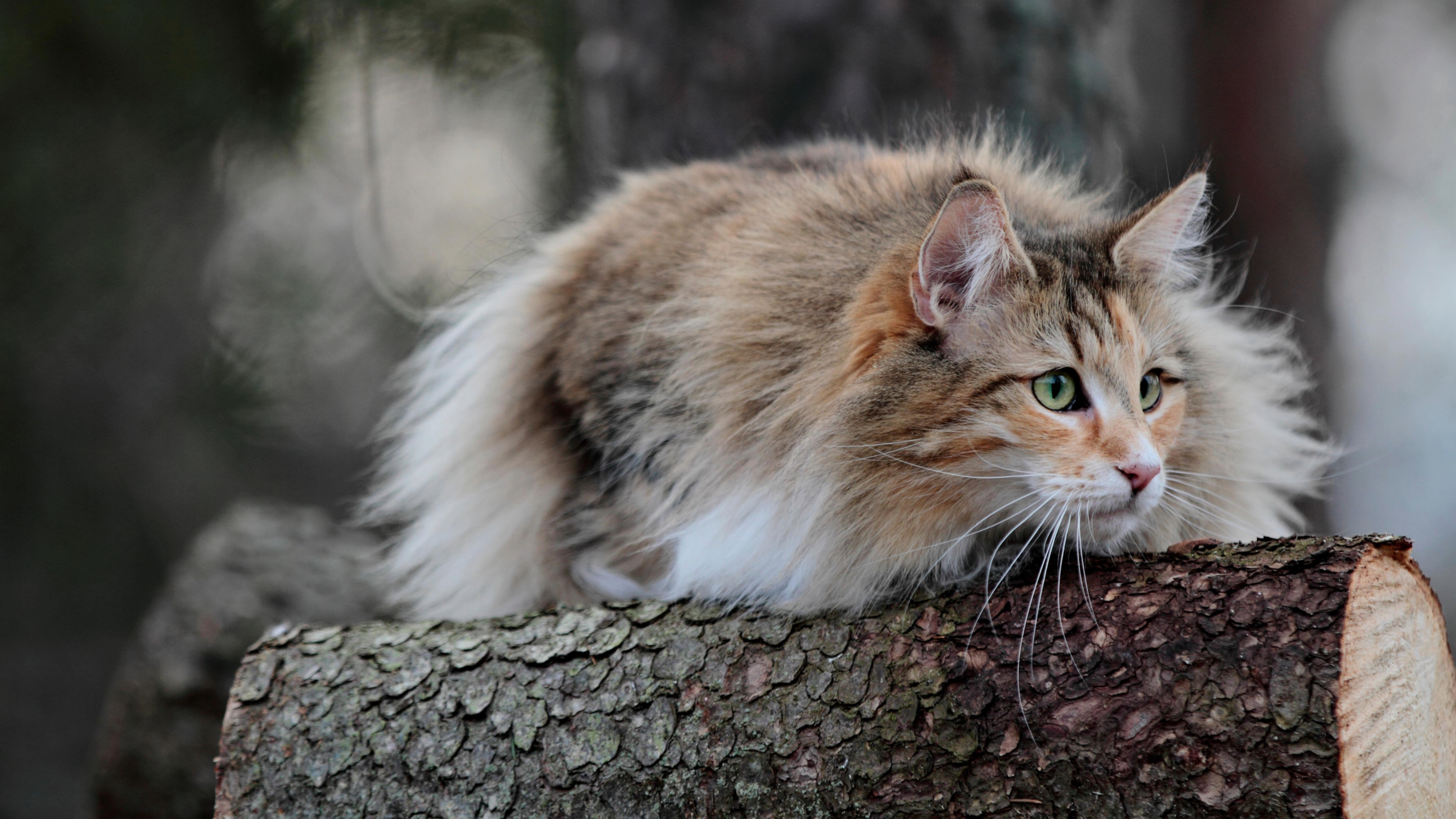
So big. So soft. So fluffy! The gorgeous Norwegian Forest Cat is a breathtaking beauty whose origins can be traced back to the days of the Vikings. Believed to have been brought on boats to Norway more than 1000 years ago, this breed started off with short hair but their coats gradually grew to adapt to the harsh Norwegian winters.
Known as Norsk Skogkatt in Norway (which means 'forest') they are the country's national cat and are deeply treasured family companions. Outstanding hunters, they are phenomenal climbers with exceptionally strong hind legs and tend to take well to leash and harness training as they enjoy accompanying their owners on outdoor adventures.
One of the best cat breeds for cold weather thanks to their thick and dense double coat, Norwegian Forest Cats mature slowly and retain their kitten-like energy long into adulthood. Quiet and laidback, they adore attention and affection but are not demanding of it. They tend to get on well with children, other cats and dogs, and adapt well to most living situations.
4. Japanese Bobtail
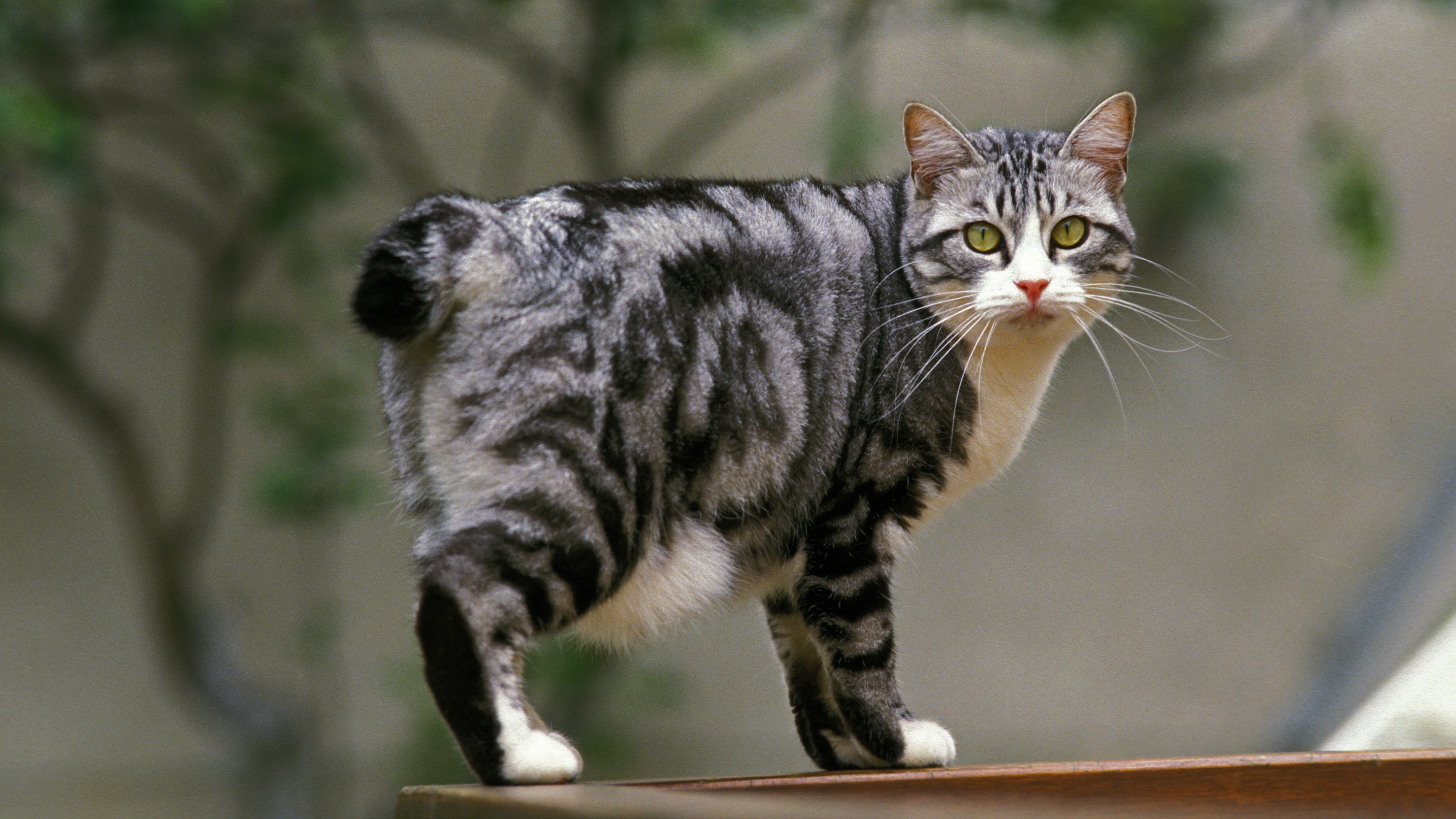
Like the Norwegian Forest Cat, the Japanese Bobtail has been in existence for roughly 1000 years. Believed to have originated in China, it's said that in the 7th century, the Emperor of China gifted the Emperor of Japan with a Japanese Bobtail and that's how they got their name.
They were a highly revered breed and treasured companions of royalty until the 1600s when Japan's silk trade was threatened by rodents destroying silkworms. From then on, Japanese Bobtails no longer lived in castles but were instead put out onto the streets to try to rid the country of mice and rats.
In the 1960s, the breed found their way to the US and they have once again been welcomed back into the family home, although they remain relatively rare. Smart, devoted and confident cats, Japanese Bobtails are fantastic with children and love being the center of attention. A charming, people-loving breed who is more dog-like in their behavior than cat-like, the Japanese Bobtail enjoys playing fetch and has a sweet, clownish nature.
5. Korat
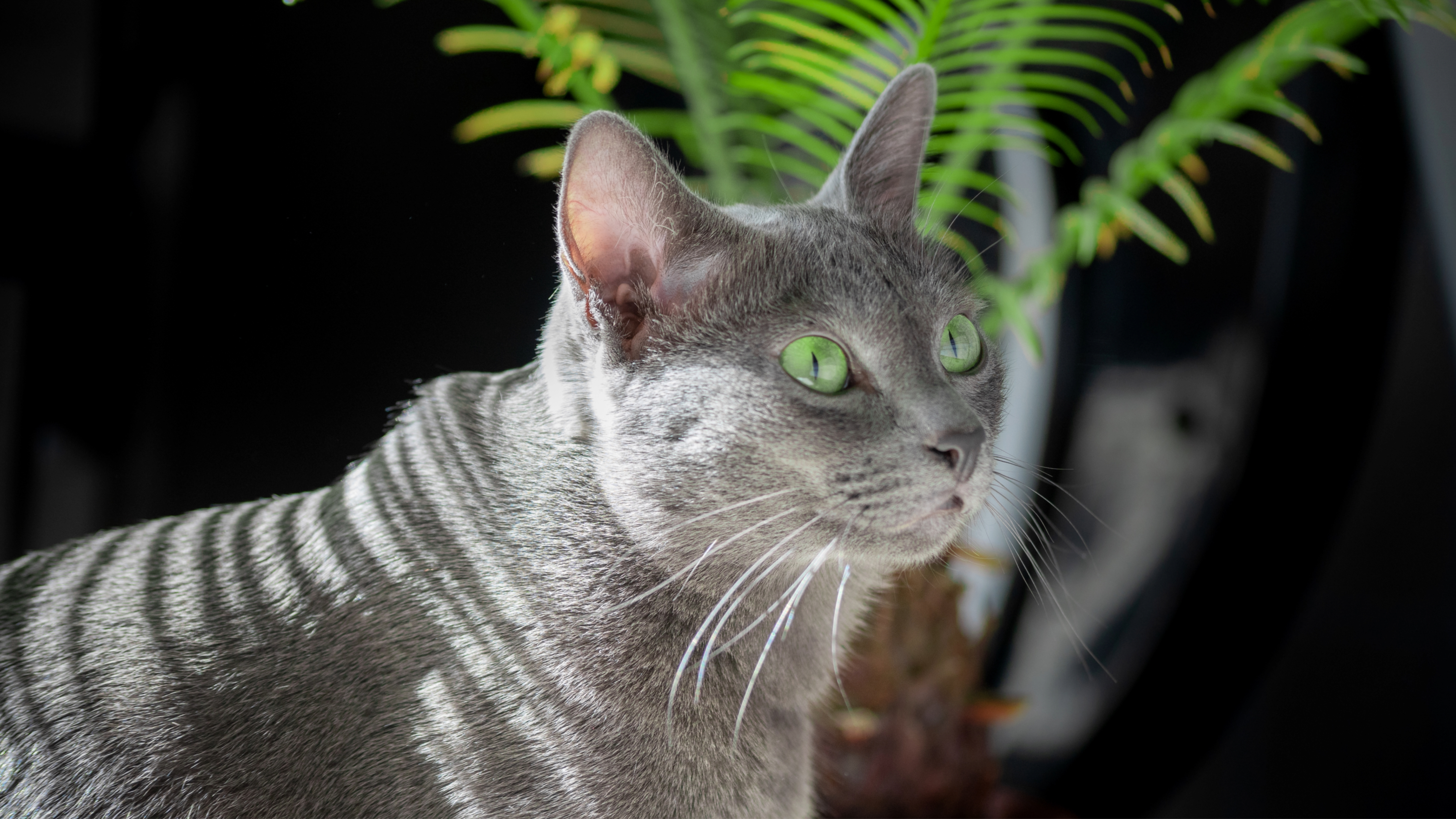
A medium-sized cat breed with a robust breed, the korat hails from Thailand where it is thought to have come into existence in the 1300s. Even though this striking kitty with their silver tipped blue coat has been around for more than 700 years, they remain rare outside of their homeland.
Arriving in the US in 1959, the korats you see today are very similar to their Thai ancestors with most cat registries viewing them as one of the breeds that has been least altered by modern day breeding.
Korats bond deeply with their owners and are considered to be one of the smartest cat breeds thanks to their outstanding problem-solving skills and their ability to understand certain words. They have strong personalities and are very friendly and affectionate with those they know, but can be slow to warm up to strangers.
6. Chartreux

With their gigantic copper or gold eyes and sweet smile, it's hard not to fall in love with the beautiful chartreux. Its origins are not entirely clear, but it's believed that they originated in what is now known as Syria in the 13th century and were brought to France by crusaders. They arrived in the US in 1971 where they remain rare, with less than two dozen chartreux breeders in North America.
A muscular cat with a sturdy build, they have soft, wooly coats that come in just one color – gray-blue. Chartreuxs have a calm, quiet and sweet nature, which makes them ideal for homes with children or other pets, or for seniors in search of a devoted companion.
The chartreux have a dog-like loyalty and are incredibly smart, with many being able to turn on light switches and open doors. They are generous with their affection and bond deeply with their humans, typically following them from room to room throughout the day. Mellow and adaptable, the chartreux is intelligent, curious and easy to train, so be sure to have some cat tricks up your sleeve as they love learning new things.
7. Siamese
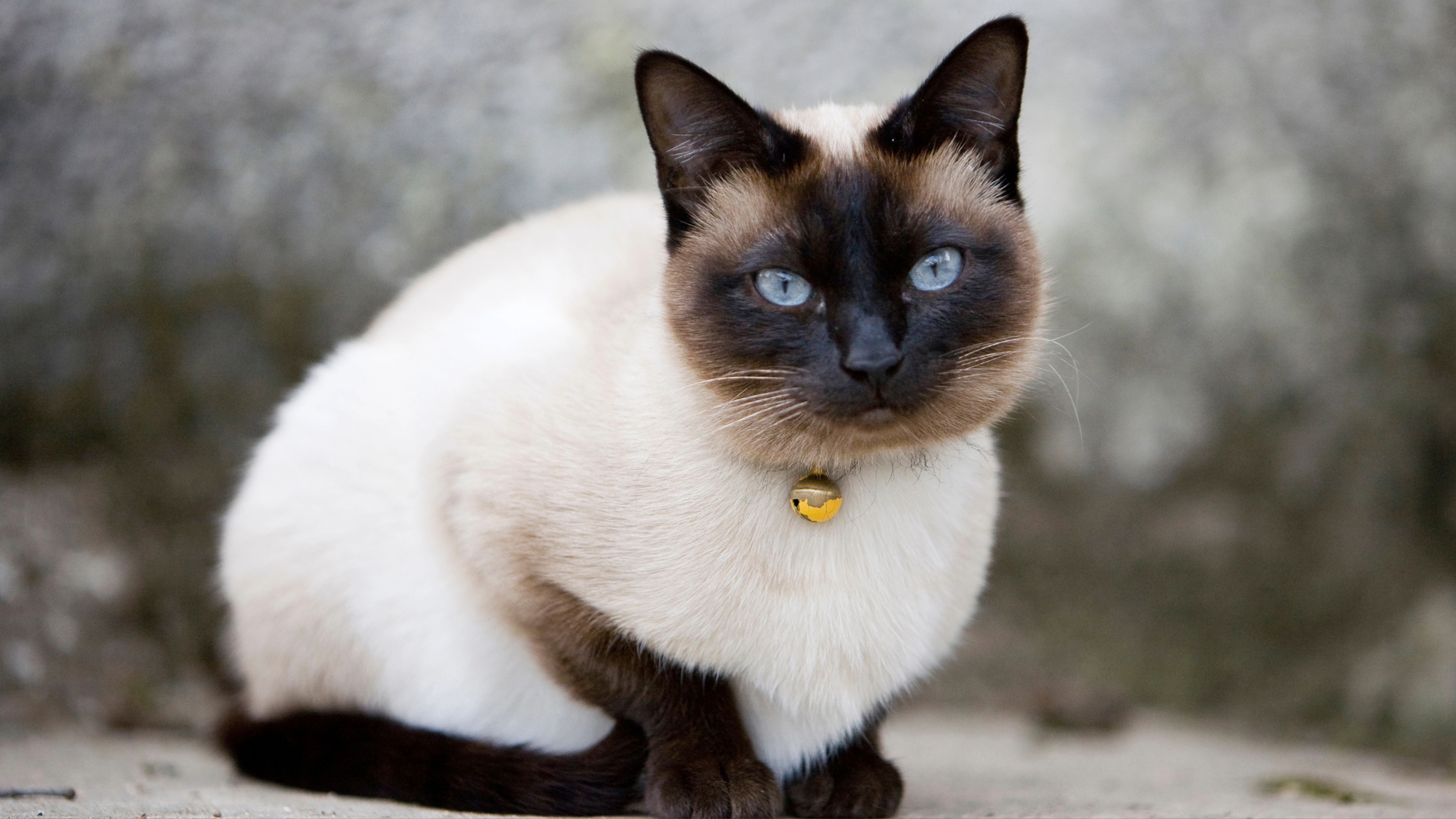
A popular cat breed thanks to their exotic looks, long and lithe body, and chatty nature, the stunning Siamese originated in Thailand in the 14th century where they served as cherished companions to the royal family and high-ranking priests. Arriving in the US in the 1800s, they were officially recognized as a breed in 1906 and have since gone on to be used in cross-breeding to create newer breeds like the Balinese and Himalayan.
If you're looking for a low-maintenance feline friend, you'll definitely want to steer clear of the Siamese as this is not a kitty for the faint of heart! However, while they are a demanding, talkative and high-energy breed, they are also very loving, loyal and affectionate.
With striking baby blue eyes and color points on their ears, face, paws and tail, the Siamese comes in four traditional colors – seal, chocolate, lilac and blue-point. They like being paired with another cat for company and have a particular fondness for other Siamese. Determined climbers, you'll want to ensure you have plenty of secure shelving and cat trees around to deter them from climbing your curtains!
8. Turkish Angora

When it comes to white cat breeds that will melt your heart, the Turkish Angora is top of the list. Traced back to the 15th century, the Turkish Angora hails from...yes, you guessed it – Turkey! Close to extinction in the early 1900s, Ankara Zoo in central Turkey began a breeding program in 1917, which enabled this beloved breed to make a comeback.
In 1962, the first Turkish Angoras arrived in the US but they are still considered relatively rare outside of their native homeland. A graceful and elegant cat with blue or odd-colored jewelled eyes, Turkish Angoras are most famous for their white coats but also come in many other colors, including red, blue and calico.
Turkish Angoras are playful and affectionate, so they make wonderful companions for people of all ages and stages. While they're not particularly fond of being held or cuddled, they are very devoted to their humans and welcome their friendship. Extremely extroverted, they thrive in busy environments and enjoy being a part of all the action.
9. Siberian Forest Cat

Siberian Forest cats are thought to be around 1000 years old and hold the title of the national cat of Russia. They first arrived in the US in 1990 and while they're not technically considered a rare cat breed, their numbers remain small outside of Europe.
Attentive and intelligent, Siberian Forest Cats are master problem solvers and are known for being highly obedient. Quick learners, they have a natural affinity for tricks and tend to be very confident. They enjoy climbing and can often be found perched up high surveying what's going on down below.
Siberian Forest Cats are known for being very gentle and most enjoy cuddles and sleeping on a warm lap. They are good with children, get on well with other pets and are typically quite comical as long as they have a willing and enthusiastic audience who are happy to watch them perform.
Read next: Oldest dog breeds

Kathryn is a freelance writer who has been a member of the PetsRadar family since it launched in 2020. Highly experienced in her field, she's driven by a desire to provide pet parents with accurate, timely, and informative content that enables them to provide their fur friends with everything they need to thrive.
Kathryn works closely with vets and trainers to ensure all articles offer the most up-to-date information across a range of pet-related fields, from insights into health and behavior issues to tips on products and training.
When she’s not busy crafting the perfect sentence for her features, buying guides and news pieces, she can be found hanging out with her family (which includes one super sassy cat and a kitten), drinking copious amounts of Jasmine tea and reading all the books.
She has written for a range of publications, including Fit&Well, Top Ten Reviews, LiveScience, Goodto, and Product Hunt.
